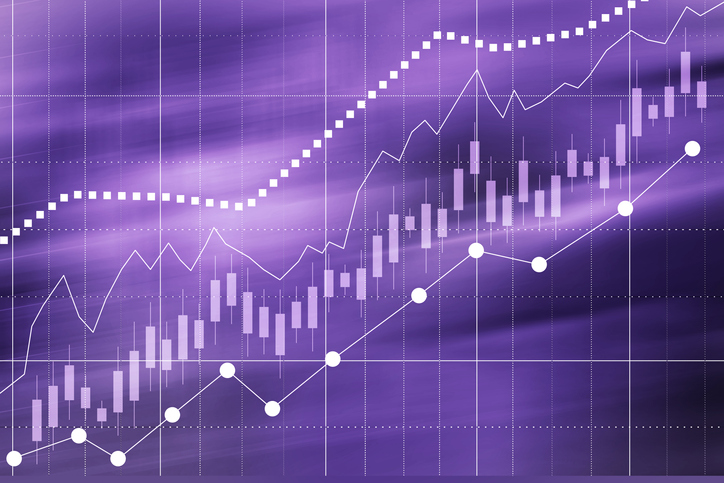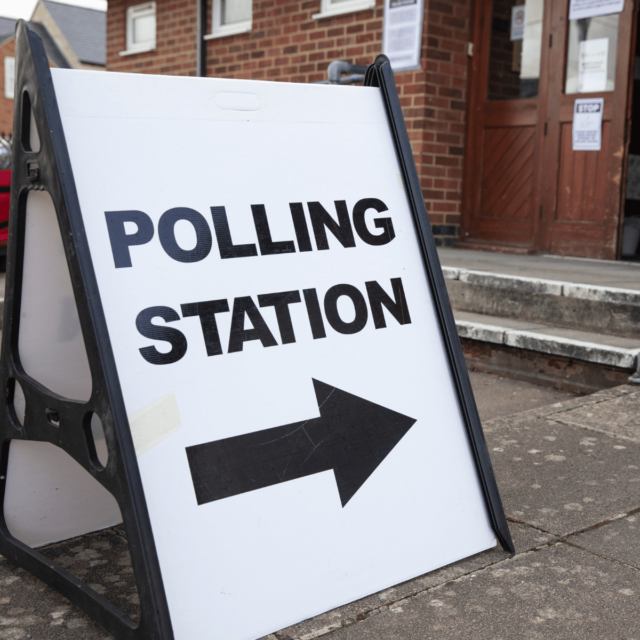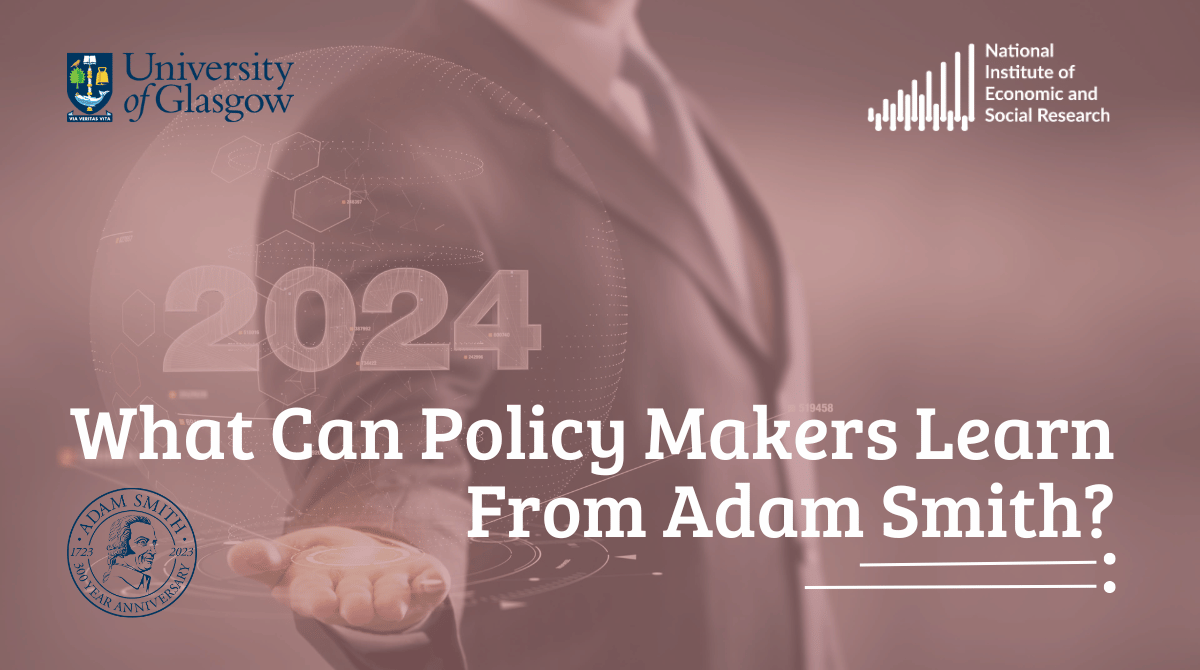Real-time Turning Point Indicators; International Review of Current Practices

Summary & aims
The objective of this study is to review which turning point indicators are used by leading statistical and economic institutions overseas using a targeted survey. We will look at the methodologies, scope and publication frequencies of such indicators. This review will then serve as a basis for the ONS to develop or enrich its own turning point indicators.
Methodology
Real-time turning point indicators are useful tools for policy makers and private sector agents to understand the current state of the economy and whether current trends are likely to change in the near future. With appropriate information, economic agents can then adjust their behaviour more appropriately to changing economic conditions. Turnaround indicators can either be based on some composite leading indicators – like the one produced by The Conference Board in the United States – or on some single series. Leading (or coincident) indicators are based on business surveys, credit and equity indices, consumer expectations or other economic and financial indicators.
This research has been funded by ONS as part of the research programme of the Economic Statistics Centre of Excellence (ESCoE)’.
Start date: May 2019
Output
“Real-time Turning Point Indicators: Review of Current International Practices” – discussion paper, ESCoE DP 2020-05, by Cyrille Lenoel and Garry Young
“Real-time turning point indicators” – blog by Cyrille Lenoel and Garry Young
References:
Bry G. and Boschan C. (1971) Programmed Selection of Cyclical Turning Points, p. 7-63 in Cyclical Analysis of Time Series: Selected Procedures and Computer Programs, National Bureau of Economic Research, Inc.
Hamilton J.D. (1989) A New Approach to the Economic Analysis of Nonstationary Time Series and the Business Cycle, Econometrica, Vol. 57, No. 2, March 1989, pp. 357-384
Layton A.P. and Katsuuraa M. (2001) Comparison of regime switching, probit and logit models in dating and forecasting US business cycles, International Journal of Forecasting 17 pp. 403–417
.jpg)





















